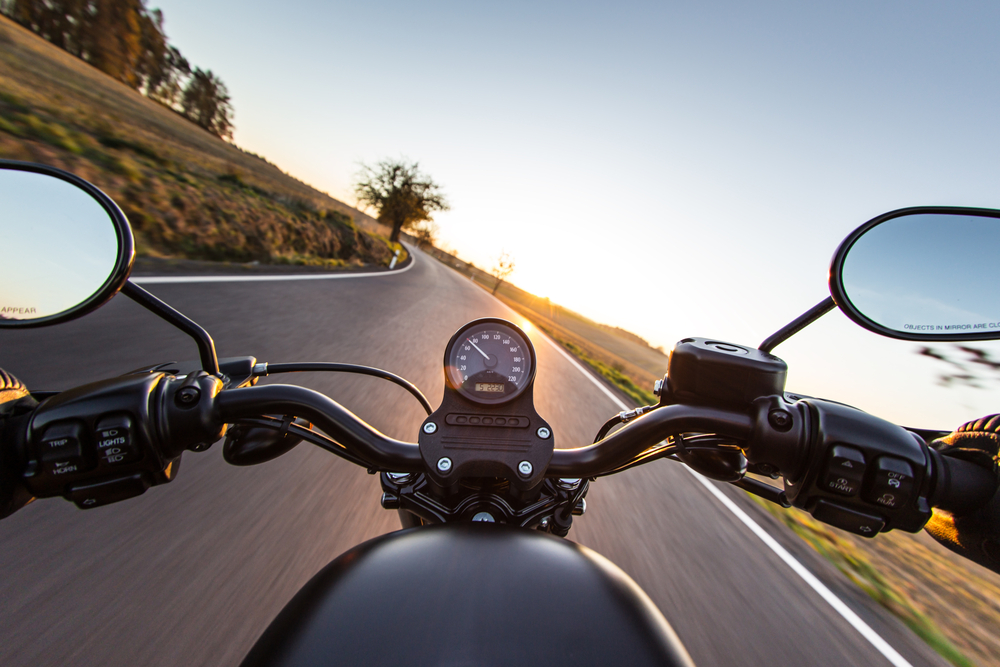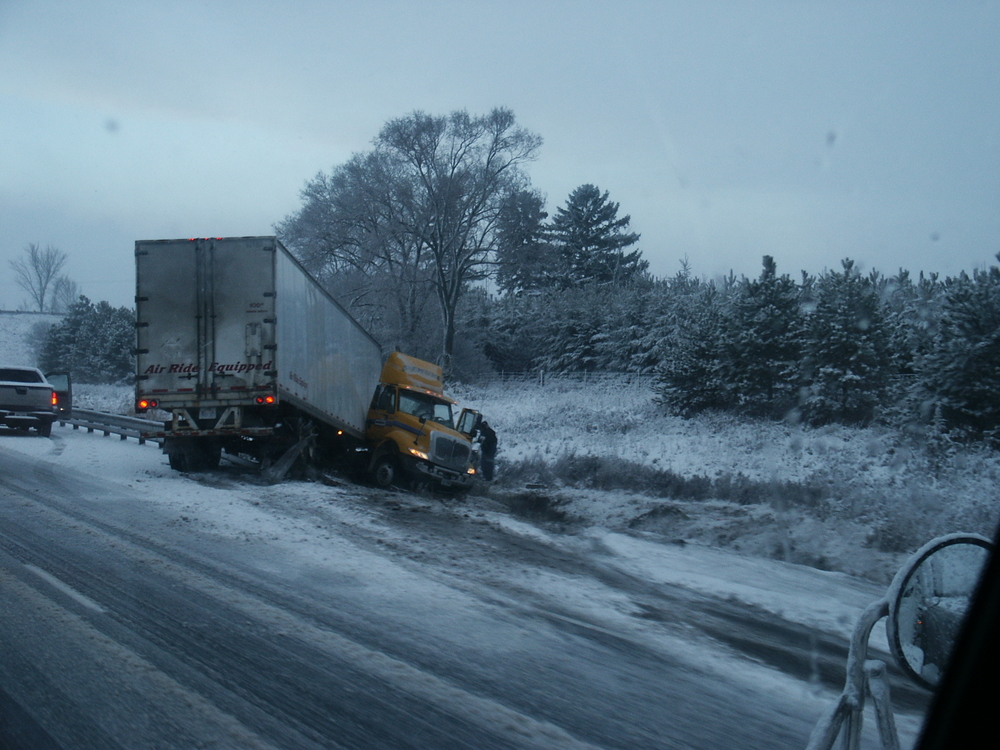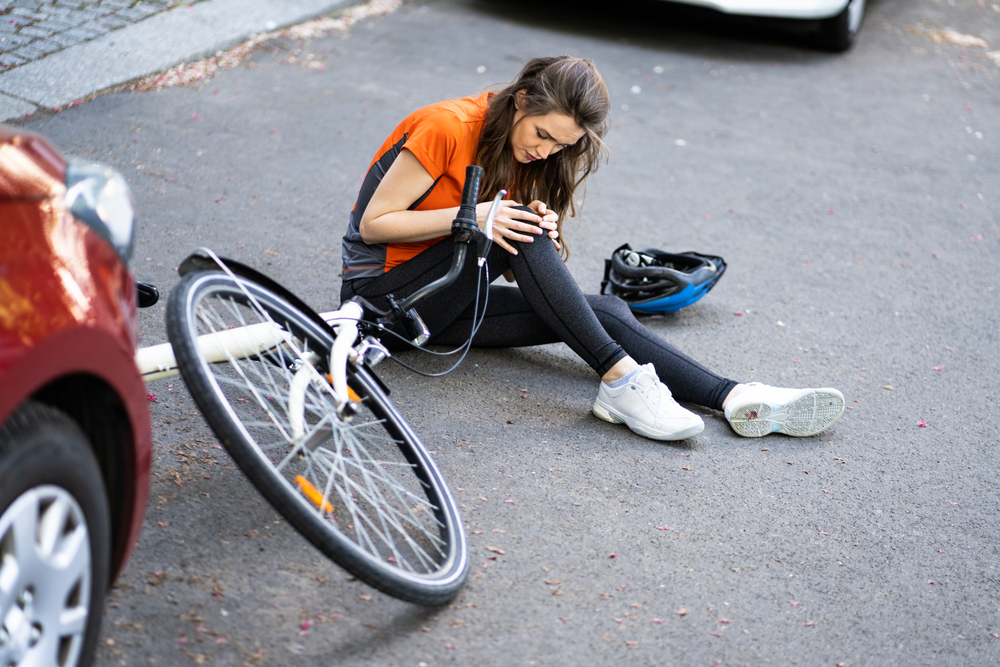Common Causes of Motorcycle Accidents and How to Avoid Them

Written by Matthew Weidinger

Motorcycle accidents often result from a combination of factors that riders and other drivers can control or anticipate. Common causes include distracted driving, failure to yield, speeding, and poor road conditions, all of which significantly increase the risk of a crash. Understanding these risks is essential for anyone who shares the road with motorcycles.
Many accidents happen because other drivers fail to notice motorcycles or misjudge their speed and distance. Riders can also contribute by not wearing proper gear or taking unnecessary risks. Recognizing these hazards allows riders and motorists to take proactive steps toward safer travel.
Understanding Motorcycle Accident Statistics
Trends in Local Motorcycle Accident Data
Most accidents happen during warmer months, peaking between May and September. Weekends have higher crash rates, with Saturday afternoons being the most common time. Urban streets account for about 65% of accidents, while rural roads make up the rest. Head-on collisions and single-vehicle crashes are the most frequent types.
Helmet use is reported in nearly 90% of accidents, but injuries remain severe in many cases due to high speeds or road conditions. Alcohol impairment contributes to approximately 20% of local motorcycle crashes.
Key Risk Factors Affecting Motorcyclists
Speeding remains a primary risk factor, involved in nearly 40% of accidents. Other critical factors include failure to yield, distracted driving by other motorists, and poor visibility.
Road hazards such as potholes, gravel, and wet surfaces increase accident risk. Many crashes involve other vehicles failing to see motorcyclists, especially at intersections.
Protective gear reduces fatal injury odds by 37%, yet many riders forego adequate protection. Nighttime riding increases risk due to lower visibility and fatigue. Understanding these risk factors helps focus on prevention.
Primary Causes of Motorcycle Accidents
Driver Inattention and Distraction
Driver inattention is a leading cause of motorcycle accidents. Motorists may fail to notice motorcycles due to distractions like mobile devices, eating, or adjusting controls.
Motorcyclists can also be distracted by navigation systems or adjusting gear. This reduces reaction time and awareness of road hazards.
Because motorcycles are smaller and less visible, a momentary lapse in attention often leads to collisions. Drivers should maintain focus and scan the road continuously, especially in busy traffic.
Speeding and Reckless Driving
Excessive speed increases the severity of motorcycle crashes and reduces the ability to react to sudden changes. Reckless actions like aggressive overtaking or abrupt lane changes further elevate accident risk.
Motorcyclists riding faster than conditions allow may lose control or fail to stop in time. Other drivers who speed also contribute to dangerous scenarios where motorcycles can be missed or sideswiped.
Adhering to speed limits and driving cautiously in variable conditions can prevent many accidents caused by reckless behavior.
Lane Splitting and Unsafe Lane Changes
Lane splitting—the practice of riding between lanes—is common but risky. It demands precise judgment and exposes motorcyclists to sudden movements from cars.
Unsafe lane changes by either motorcyclists or drivers often occur without signaling or checking blind spots. This can cause side collisions or force motorcyclists off the road.
Both parties should use mirrors and signals effectively. Motorcyclists must assess traffic flow before lane splitting, and drivers must be vigilant about motorcycles’ presence.
Intersection-Related Incidents
Intersections are hotspots for motorcycle accidents due to limited visibility and driver errors. Many collisions happen when drivers fail to yield or look for motorcycles before turning.
Motorcyclists are less visible in a vehicle’s blind spots or when obscured by other cars. Failure to scan intersections thoroughly increases crash risk.
Both riders and drivers must slow down at intersections, make eye contact when possible, and anticipate other road users’ movements to avoid accidents.
Hazardous Conditions and Vulnerabilities
Impact of Poor Road Conditions
Uneven surfaces, potholes, and loose gravel create serious dangers for motorcyclists. These hazards can cause loss of control or force sudden maneuvers that increase crash risk.
Riders should watch for cracks, oil spills, and debris that reduce tire traction. Slow speeds and wider safety margins are essential in areas with visible road damage.
Local infrastructure projects sometimes leave temporary hazards such as uneven patches or barriers. Checking route conditions before travel and using well-maintained roads can minimize exposure.
Environmental and Weather-Related Risks
Rain, fog, and ice significantly impair visibility and traction for motorcycles. Wet roads double stopping distances, requiring riders to increase following distance and brake carefully.
Strong winds affect balance, especially on open roads or bridges. Riders should lean into crosswinds and avoid sudden throttle changes.
Low light or glare reduces the ability to spot hazards. Using reflective gear and maintaining clean, properly aimed headlights improves visibility to others.
Temperature extremes also affect tire grip and rider response. Proper gear and pre-ride checks help mitigate these vulnerabilities.

Effective Strategies to Prevent Motorcycle Accidents
Defensive Riding and Situational Awareness
Motorcyclists should practice defensive riding by anticipating potential hazards and maintaining a safe distance from other vehicles. Constant scanning of the road ahead, checking mirrors, and being aware of blind spots improves reaction time to unexpected situations.
Riders must assume that other drivers might not see them. This mindset encourages cautious lane positioning and readiness to brake or swerve. Avoiding distractions and riding within speed limits further reduces accident risk.
Safe lane changes and signaling intentions help communicate with other drivers. Defensive riding also includes adjusting to weather conditions and road surfaces to maintain control.
Safety Gear and High-Visibility Apparel
Wearing full protective gear, including a DOT-certified helmet, gloves, armored jackets, and pants, significantly reduces injury severity in crashes. Bright colors and reflective strips increase a rider’s visibility to motorists during the day and night.
High-visibility apparel should be a standard part of every ride. Items such as neon vests or jackets with reflective tape help catch drivers’ attention earlier, especially at intersections and in poor lighting.
Combining protective gear with visible clothing addresses two critical safety factors: injury prevention and accident avoidance. Comfort and proper fit also play a role in ensuring riders wear this gear consistently.
Routine Maintenance for Motorcycles
Regular maintenance directly affects motorcycle safety. Riders should perform or schedule checks on tires, brakes, lights, and fluid levels before every ride, or at least weekly if not in daily use.
A tire with proper tread and correct pressure improves handling and stopping distance. Brake inspections ensure reliable stopping power, while functioning headlights, tail lights, and turn signals increase visibility.
Maintenance logs and professional inspections can catch mechanical issues early, preventing breakdowns or failures that might lead to accidents. Consistency in upkeep preserves both performance and safety.
Note: The information provided in this blog post has been compiled from publicly available and secondary sources. While we strive for accuracy, some details may become outdated or contain inadvertent errors. If you believe any information is incorrect or requires updating, please contact Smith & Weidinger so that we may review and make the appropriate corrections.
Disclaimer: This blog post is for informational purposes only and is not intended as a solicitation for business. The photo used is not from the scene of the incident described. Viewing this content does not create an attorney-client relationship with Smith & Weidinger. If you have been injured in an accident, please seek immediate medical attention and then consult with a qualified attorney to discuss your legal rights and options.










